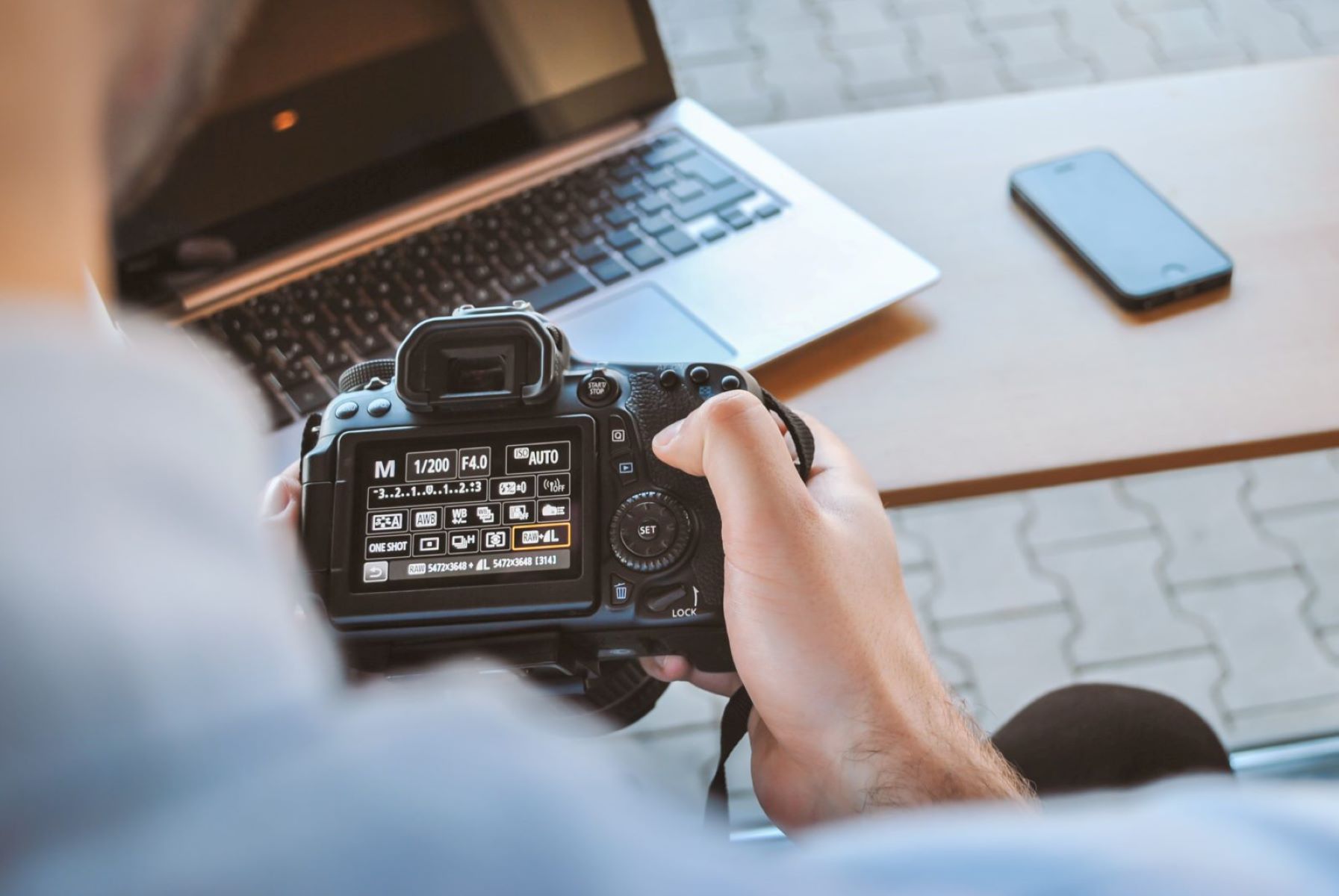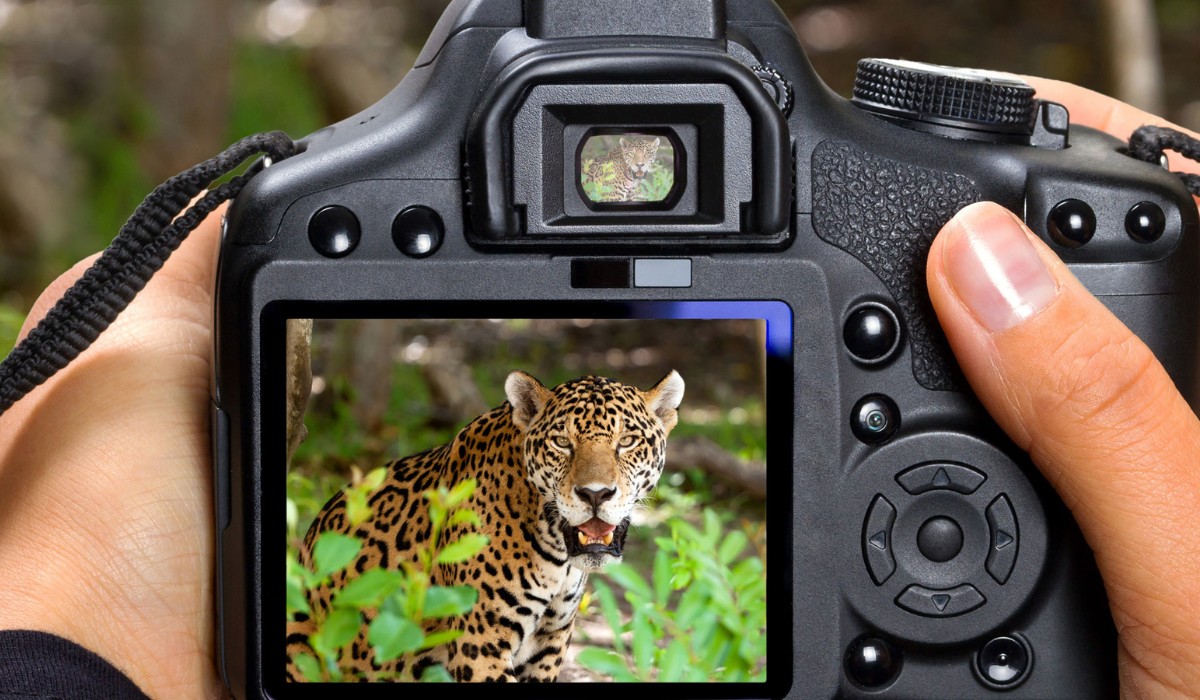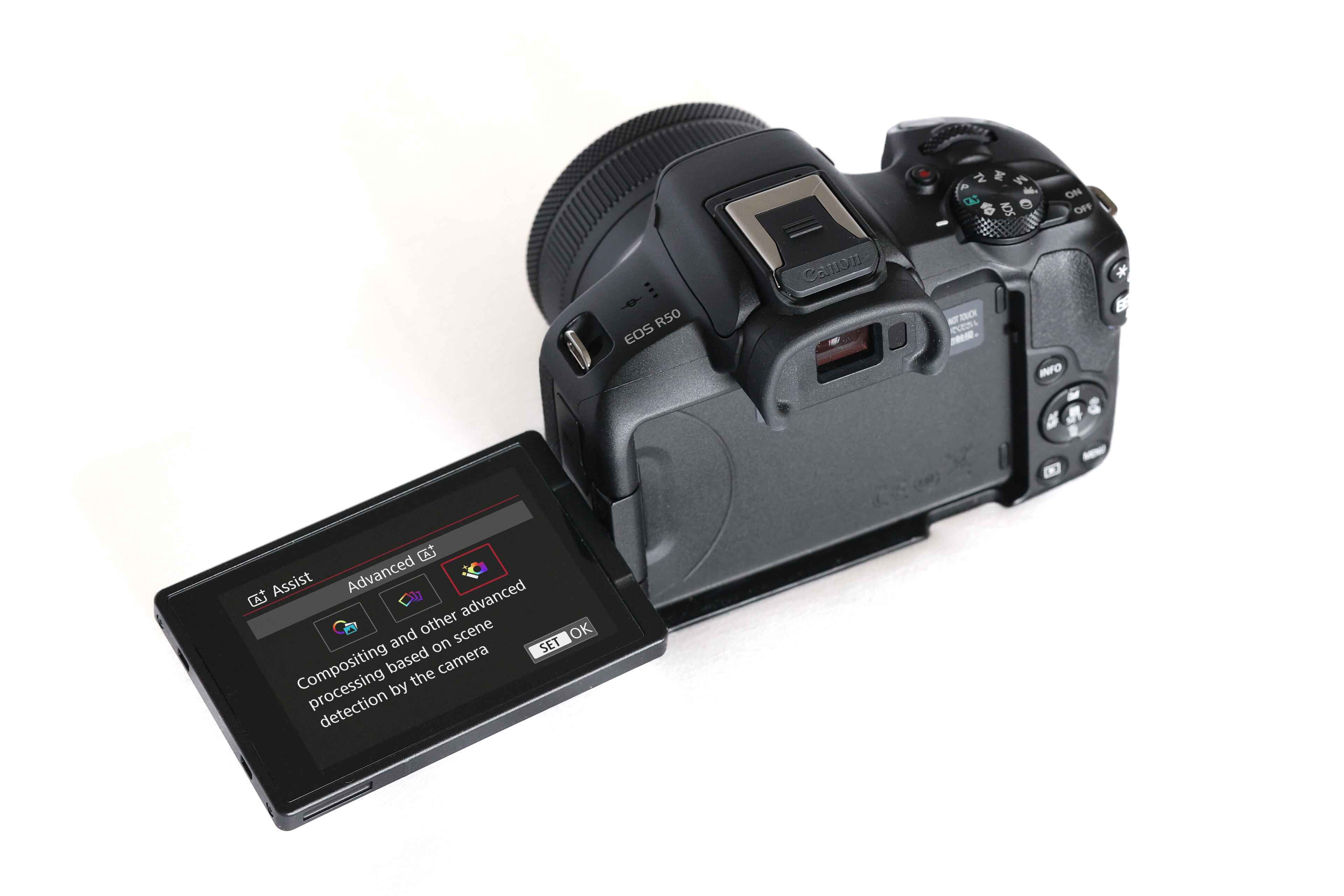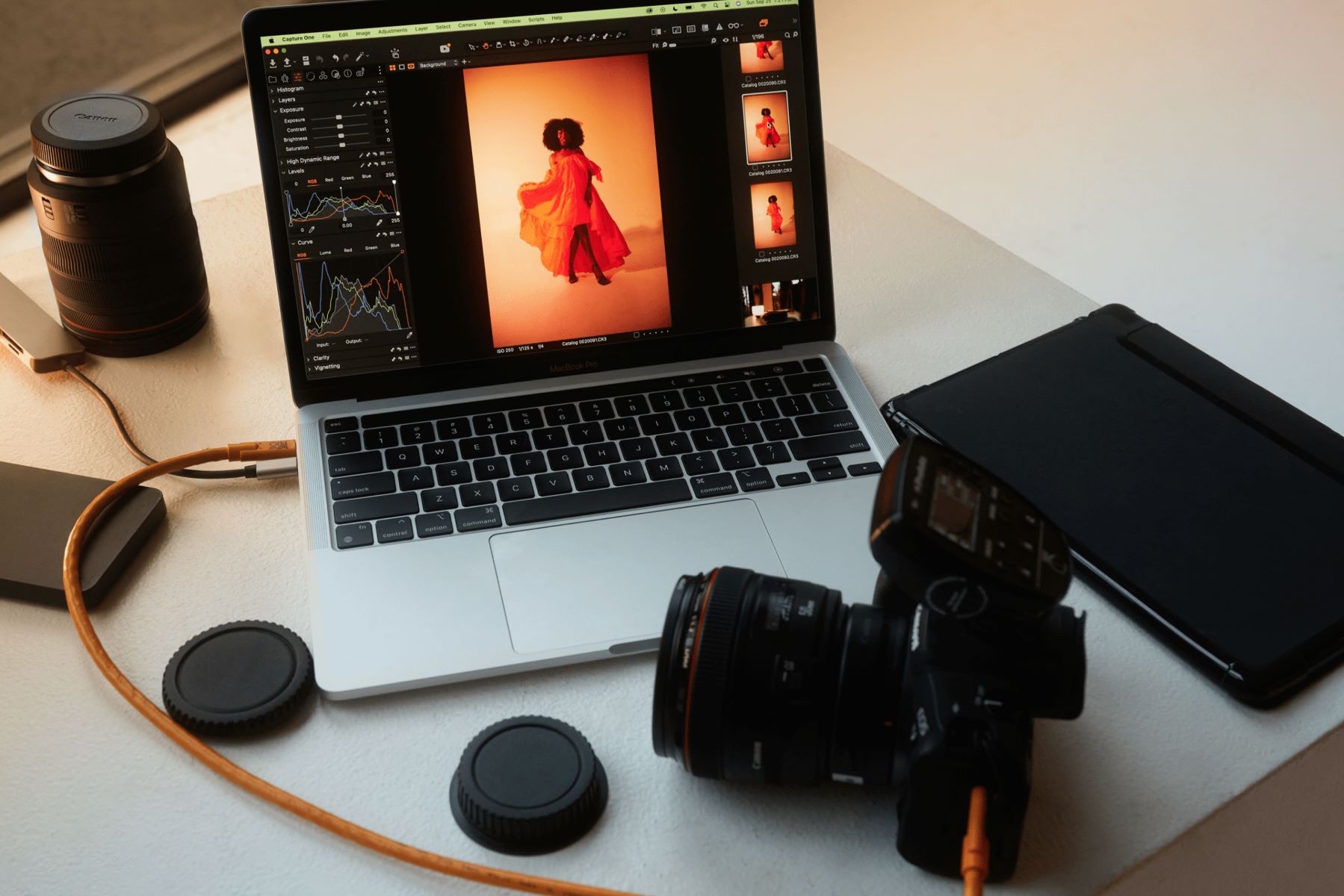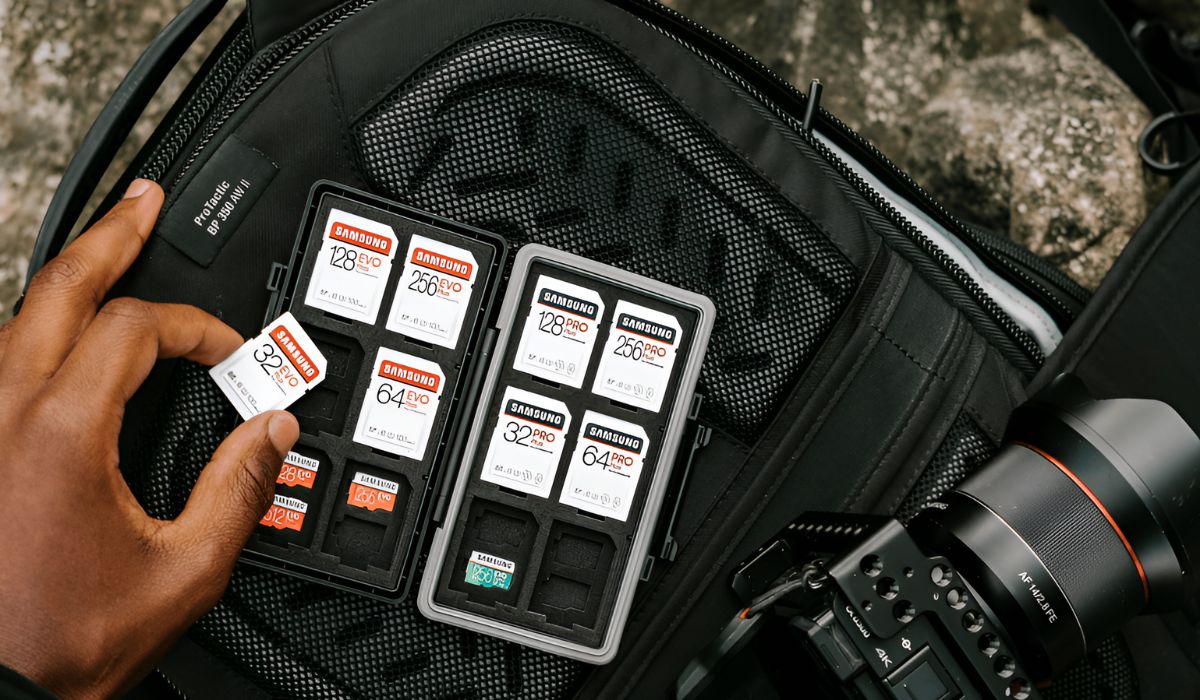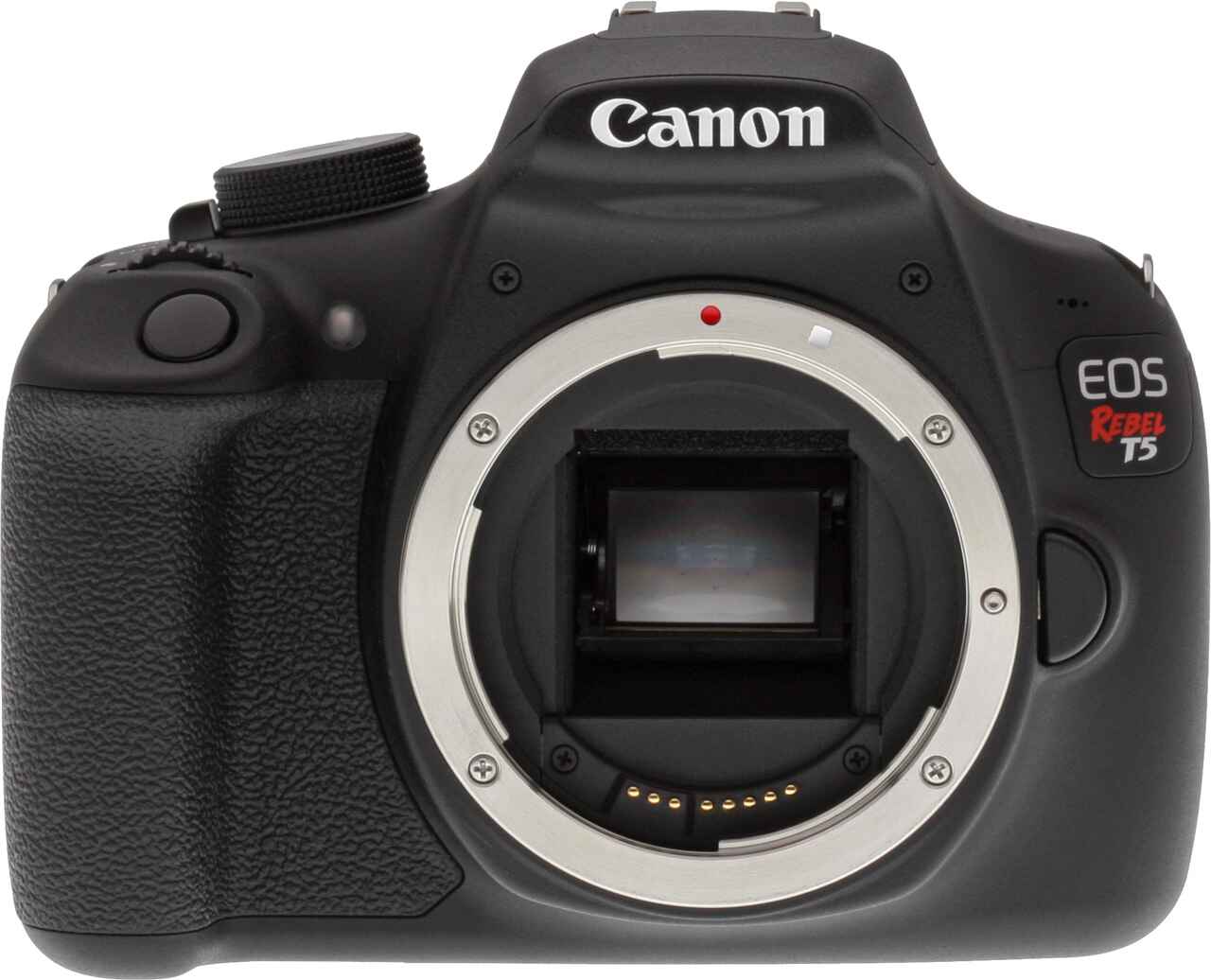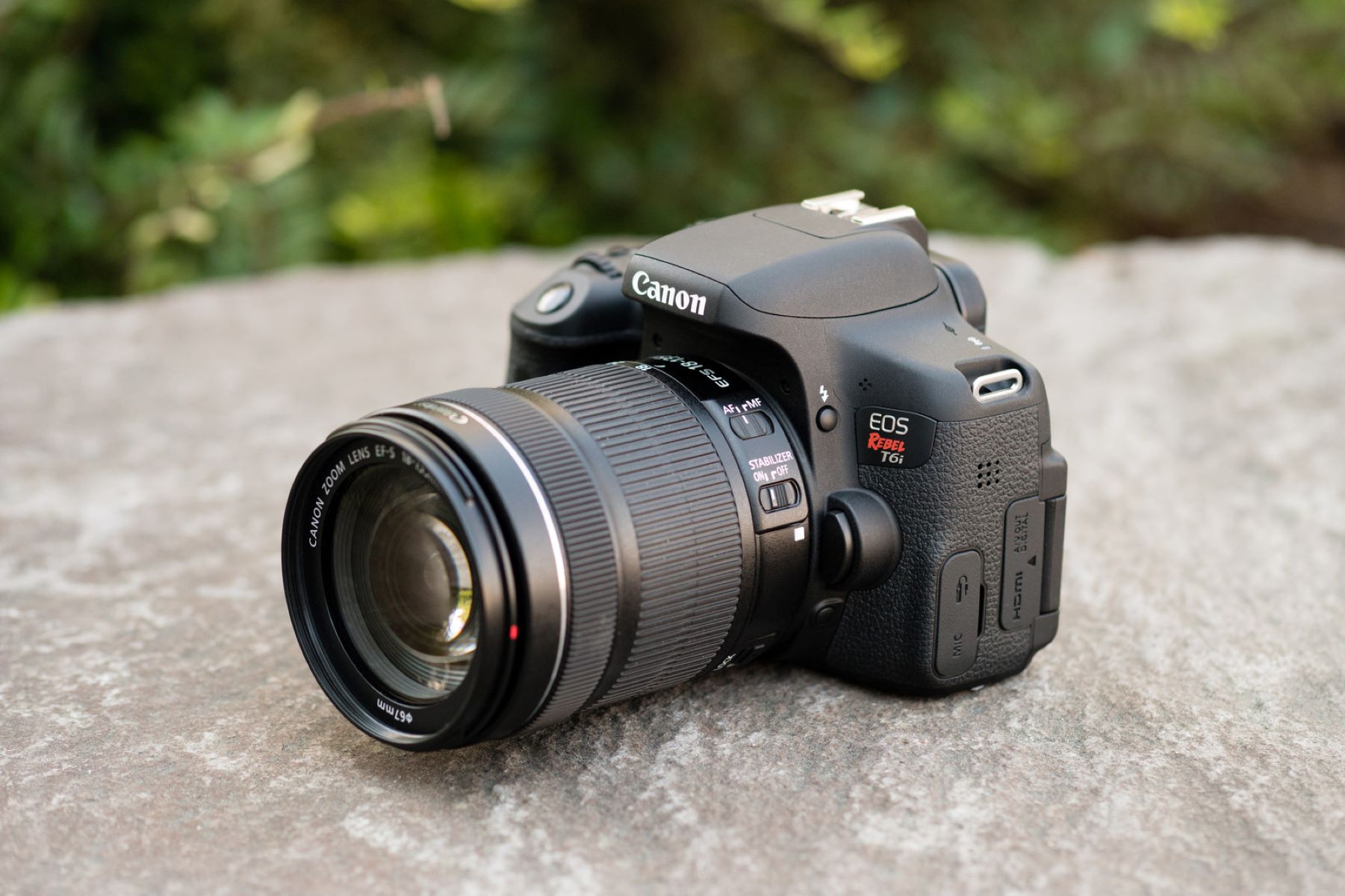Introduction
When it comes to photography, the choice of file format can significantly impact the quality and versatility of your images. Among the various options available, shooting in raw image format with a DSLR camera has become increasingly popular among professional photographers and enthusiasts alike. In this article, we will delve into the intricacies of shooting raw with a DSLR camera, exploring its advantages, disadvantages, and the essential know-how to capture stunning images.
Raw image format, unlike JPEG, retains all the data captured by the camera's sensor without any processing or compression. This means that every detail, color, and nuance of the scene is preserved in its purest form, providing photographers with unparalleled flexibility during post-processing.
Understanding the nuances of raw image format and its implications for photography is crucial for any aspiring photographer. By exploring the advantages and disadvantages of shooting raw, you can gain a comprehensive understanding of this format and make informed decisions about when and how to utilize it to achieve your desired photographic results.
Whether you're a professional photographer seeking the highest level of control and quality in your images, or an enthusiast looking to elevate your photography skills, mastering the art of shooting raw with your DSLR camera can unlock a world of creative possibilities. Let's embark on this journey to unravel the mysteries and marvels of raw image format, and discover how it can elevate your photography to new heights.
Understanding Raw Image Format
Raw image format, often referred to simply as “raw,” is the untouched and unprocessed data captured by a camera’s sensor. Unlike JPEG, which undergoes in-camera processing and compression, raw files preserve all the information recorded at the moment of capture. This includes the full range of colors, tones, and details, providing photographers with maximum flexibility during post-processing.
One of the key characteristics of raw files is their high bit depth, typically 12-bit or 14-bit, which allows for a wide range of tones and colors to be retained. This depth of information enables photographers to make extensive adjustments to exposure, contrast, and color without degrading the image quality. Additionally, raw files contain no in-camera sharpening or noise reduction, giving photographers complete control over these critical aspects of image processing.
Another fundamental aspect of raw files is their lack of compression. Unlike JPEG, which discards some image data to reduce file size, raw files retain all the original data captured by the sensor. This uncompressed nature of raw files ensures that no image detail is lost, making them ideal for demanding post-processing tasks such as exposure correction, highlight recovery, and white balance adjustments.
Understanding the intricacies of raw image format empowers photographers to harness the full potential of their captured images. By preserving the unaltered sensor data, raw files provide a solid foundation for creative expression and technical refinement during the post-processing stage. Armed with this knowledge, photographers can fully leverage the benefits of shooting raw with their DSLR cameras to achieve stunning and meticulously crafted images.
Advantages of Shooting Raw
Shooting in raw format offers a myriad of advantages that cater to the needs and aspirations of photographers seeking uncompromising quality and creative control. Understanding these advantages is essential for harnessing the full potential of raw image format with a DSLR camera.
- Unparalleled Image Quality: Raw files preserve the maximum amount of image data captured by the camera’s sensor, allowing for extensive post-processing without compromising image quality. This results in images with superior sharpness, detail, and color accuracy, providing a solid foundation for professional-grade output.
- Dynamic Range Flexibility: Raw files retain a wide dynamic range, enabling photographers to recover details from shadows and highlights that may otherwise be lost in JPEG images. This flexibility empowers photographers to achieve balanced exposures and maintain critical image information across the tonal spectrum.
- White Balance Control: Shooting raw allows for precise adjustment of white balance during post-processing, providing photographers with the freedom to fine-tune color temperature and tint to achieve the desired mood and visual impact in their images.
- No Lossy Compression: Unlike JPEG, raw files are not subject to lossy compression, ensuring that no image data is discarded. This preservation of original image information facilitates uncompromised post-processing, making raw format ideal for critical adjustments and edits.
- Enhanced Detail Retention: Raw files maintain the full spectrum of image details captured by the sensor, offering superior sharpness and clarity. This level of detail retention facilitates precise sharpening and noise reduction adjustments, resulting in images of exceptional quality and finesse.
By harnessing these advantages, photographers can elevate their creative vision and technical prowess, producing images of uncompromising quality and impact. The inherent benefits of shooting raw with a DSLR camera empower photographers to realize their artistic aspirations and deliver stunning visual narratives that resonate with viewers on a profound level.
Disadvantages of Shooting Raw
While shooting in raw format offers a plethora of benefits, it is important to acknowledge the potential drawbacks associated with this file format. Understanding these disadvantages can help photographers make informed decisions and mitigate any challenges that may arise when working with raw files.
- Increased File Size: Raw files are significantly larger than their JPEG counterparts due to the retention of uncompressed sensor data. This results in larger storage requirements and increased demands on memory cards and hard drives, necessitating careful management of storage resources.
- Extended Post-Processing Time: Processing raw files often requires more time and computational resources compared to JPEG, especially when applying extensive adjustments. This can lead to longer post-processing workflows, particularly when working with large batches of raw images.
- Specialized Software Requirements: Raw files may require specific software for viewing and editing, as not all image editing programs fully support the range of adjustments available in raw format. This may necessitate additional investment in software and training for efficient raw file management and processing.
- Learning Curve: Working with raw files entails a steeper learning curve for photographers who are accustomed to the simplicity of JPEG. Understanding the nuances of raw processing, including white balance adjustments, exposure correction, and noise reduction, may require additional time and dedication to master effectively.
- Less Immediate Sharing: Raw files are not universally compatible with all devices and platforms, requiring conversion to more widely supported formats such as JPEG for seamless sharing and display. This extra step in the workflow may pose challenges for immediate image dissemination.
By acknowledging these potential drawbacks, photographers can proactively address the challenges associated with shooting raw, ensuring that the benefits of this format outweigh any limitations. With careful planning and a nuanced understanding of the intricacies of raw image format, photographers can navigate these disadvantages effectively, harnessing the full potential of raw files to achieve their artistic and technical objectives.
How to Shoot Raw with Your DSLR Camera
Shooting raw with your DSLR camera involves a straightforward process that unlocks the full potential of your camera’s sensor and empowers you to capture images with uncompromised quality and flexibility. Here’s a step-by-step guide to shooting raw with your DSLR:
- Accessing the Menu: Navigate to the menu settings on your DSLR camera to access the image quality or file format options. This is where you can select raw as the desired file format for capturing images.
- Selecting Raw Format: Within the image quality or file format menu, locate the raw file option, which is often denoted by “RAW” or “CR2” (Canon) or “NEF” (Nikon), depending on the camera manufacturer. Select this option to set your camera to capture raw files.
- Adjusting Settings: Once raw format is selected, you may have the option to choose the bit depth (12-bit or 14-bit) and compression settings, if applicable. Adjust these settings based on your preferences and the requirements of your photographic workflow.
- Understanding Workflow: Familiarize yourself with the workflow for transferring and processing raw files. Ensure that you have compatible software for viewing and editing raw images, and establish an organized system for managing and archiving your raw image library.
- Experimenting and Learning: Capture a series of test shots in raw format to familiarize yourself with the nuances of working with raw files. Experiment with post-processing adjustments to understand the level of control and flexibility raw format provides in refining your images.
By following these steps and immersing yourself in the raw shooting process, you can harness the full potential of your DSLR camera and unleash your creativity with the unparalleled quality and control offered by raw image format.
Conclusion
Shooting raw with a DSLR camera represents a transformative approach to image capture, offering photographers an unparalleled level of creative control and technical precision. By understanding the intricacies of raw image format and embracing its advantages, photographers can elevate their craft and achieve images of exceptional quality and impact.
Throughout this exploration, we’ve delved into the essence of raw image format, uncovering its unprocessed nature and the wealth of data it preserves from the moment of capture. We’ve examined the advantages of shooting raw, from unparalleled image quality to dynamic range flexibility, and the precise control it offers over critical aspects of post-processing.
Furthermore, we’ve acknowledged the potential drawbacks of shooting raw, recognizing the challenges posed by larger file sizes, extended post-processing times, and specialized software requirements. By understanding and addressing these limitations, photographers can navigate the raw workflow with confidence and finesse.
Empowered with the knowledge of how to shoot raw with a DSLR camera, photographers can embark on a journey of artistic expression and technical refinement. By following a simple process to set their cameras to capture raw files, photographers can unlock the full potential of their equipment and harness the richness of raw image data to craft compelling visual narratives.
Ultimately, shooting raw with a DSLR camera is not just a technical choice, but a creative statement—a commitment to capturing the essence of a scene with uncompromising fidelity and the freedom to refine it with precision and artistry. As photographers embrace the raw format and its inherent possibilities, they open the door to a world of limitless creative exploration and the realization of their unique photographic vision.
So, as you embark on your photographic endeavors, consider the transformative power of shooting raw with your DSLR camera, and let it be the catalyst for unlocking the full potential of your artistry and technical expertise.







